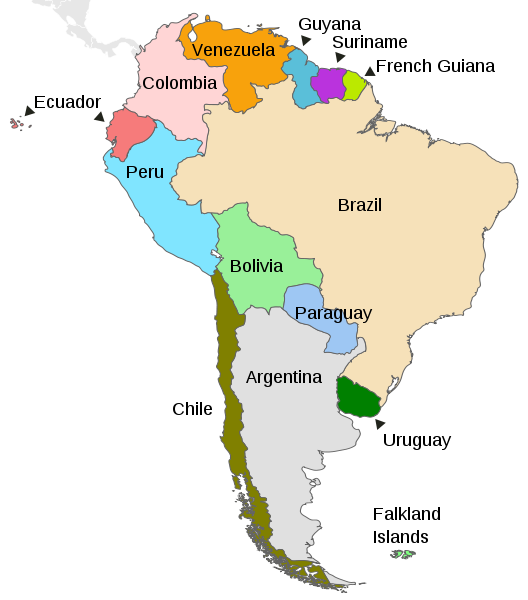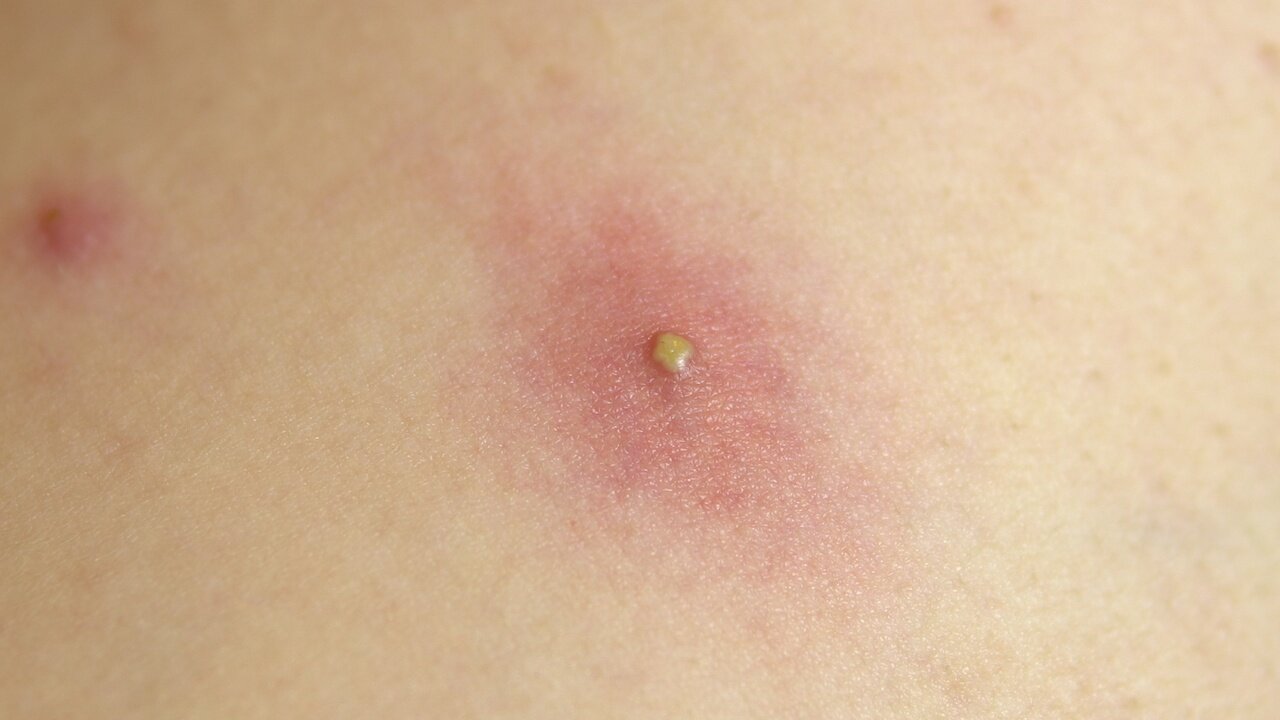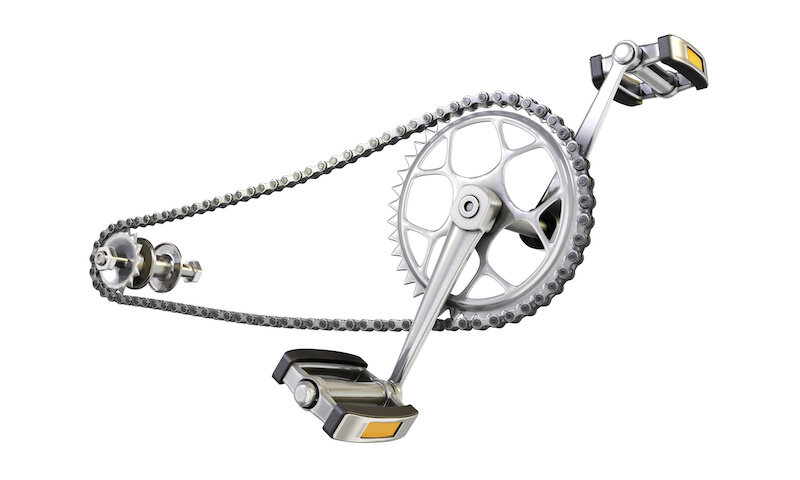Does a bicycle jersey make me faster and by how much?
The answer to this question is a bit tricky since it can be a YES or a NO. Most bike jerseys will actually slow you down unless it is a form-fitting, streamlined jersey that is specifically designed as aerodynamic apparel.
Slick, smooth, tight-fitting clothing without wrinkles and with sleeves will reduce aerodynamic (aero) drag by about 4%, such as Lyrca spandex.
A professional cycle aero-skinsuit reduces aero-drag 6% or more.
If a bike jersey must be worn, it should be as tight-fitting as possible with ZERO wrinkles. Loose-fitting clothing increases aerodynamic drag, which results in reduced speeds and increased energy expenditure.
“Wind-tunnel tests have shown that sloppy or loose-fitting clothing can raise the total wind drag by 10% or more; hence, more performance can be gained in choosing the proper clothing than by any other legal means in racing ”
Aerodynamic resistance & cycling speed on flat ground
Aerodynamic resistance is responsible for approximately 90% of total resistance at speeds greater than 25 mph (40 kph) on flat terrain:
“The main source of aerodynamic drag is the cyclist body, from 60% to 82% of the total drag and depending on the position of the cyclist on the bicycle”
The cyclist accounts for 70% of the total drag
The remaining 30% is due to the bicycle and its components
Small reductions in aero drag of the cyclist result in significant speed enhancements
This means that your bike only accounts for 30% of how quickly you can pedal through the air, with the majority (70%) coming from your body position, clothing, and what shoes your wearing
How you sit on the bike, pedaling technique, hand position, and what your WEARing are the greatest factors involved in how fast can you go……while cycling on flat terrain.
resistive forces: Cycling flat terrain
Aero drag & Cycling up-hill
When you find yourself pedaling up a 2% grade, this is the point where gravity and aerodynamics are nearly equal forces acting against you.
resistive forces: Cycling on 2% slope
resistive forces: Cycling on 8% slope
As you continue to get into steeper terrain, gravity becomes the dominant force slowing you down. At an 8% grade, gravity accounts for 90% of the resistance forces you must overcome to make it to the top.
The take-home point is that unless you are only cycling up the steepest of grades, improving cycling speed and efficiency is mainly accomplished through improvements in aerodynamics.
Bike jersey vs no jersey
“Through extensive wind tunnel measurements, we determined that the aerodynamic drag of time-trial cyclists can be significantly reduced through the development of streamlined time-trial apparel. ”
A 2014 study out of Norway compared the aerodynamic drag of a cyclist with and without a bike jersey while in the dropped position.
The bike jersey tests showed less aerodynamic resistance compared to the non-bike jersey…….which is another way of saying that the bike-apparel makes you faster.
Since the 1980s, all the studies have made this abundantly clear. A tight-fitting streamlined cycle jersey/apparel will reduce aero drag by approximately 4 to 8 percent.
sport clothing & cycling aerodynamics
“There have been a series of research studies over the last two decades progressively identifying reductions of aerodynamic drag in sports garments”
In the cycling community and other speed sports, where aerodynamic drag is the greatest barrier to performance, the adage “skin is slow” is common.
So how does aero-cycling clothing make me faster?
As the cyclist increases in speeds and approaches racing speed (25 mph/40 kph +) the arms, legs, and torso undergo a transition in which the flow in the wake changes from laminar to turbulent.
As this happens, the size of the wake decreases, and the pressure on the trailing surface increases. This results in an almost instant doubling of the aerodynamic drag to the rider. Skin-suits, aerodynamic helmets, aero-shoes, or aero-cycling apparel have ‘zoned’ and graded textures, which change the transitional air zones and reduce the turbulent flow.
Recreational cyclists & aero apparel
So does aero-clothing have performance benefits for recreational riders?
Cycling aerodynamics is a heavily researched field. The studies show that at ALL speeds, aerodynamic drag is reduced when wearing aero-cycle clothing, meaning you will go faster, so the answer is yes.
This cycle-specific aero-clothing also confer other benefits:
Light reflective - Light reflective clothing lowers sweat loss while keeping you cooler
Zipper - You can regulate temperature by using the zipper, especially while climbing steep terrain or other sections where aero-drag is irrelevant
Form-fitting - Doesn’t rub during hard pedaling and is more aerodynamic
Heat dissipation - Certain fabrics dissipate heat much better than bearskin, which means you sweat less
Pockets - Can carry extra water bottles, snacks, or phone without having to use a pack
Tight-fitting clothing
Does this mean that I need to go out and buy a streamlined cycling jersey?
No, studies have shown that tight-fitting, long-sleeve sport-apparel reduces aerodynamic drag by a similar margin (excluding special-cycling skinsuits).
For every 25 miles (40 km) the aero apparel saves you about 60-75 seconds or approximately one minute.
For the recreational cyclist, that might not seem like much. But for the professionals, this is the difference between medaling or riding from behind.
Final thought
If you want to go faster, than try wearing a close-fitting streamlined bike jersey or similar aerodynamic apparel …nothing cuts the resistance as easily and cost-effectively as cycling apparel……and it’s 1000% better value than upgrading to a new set of carbon fiber wheels.
Jesse (Director of Pedal Chile) lives in Chile’s Patagonia. Jesse has a Master of Science in Health & Human Performance and a Bachelor of Science in Kinesiology. Hobbies: Mountain biking, snowboarding, reading, writing, and sampling craft beers.
Sources for “Does a bicycle jersey make me faster?”
Blocken, Bert, et al. “Aerodynamic Analysis of Different Cyclist Hill Descent Positions.” Journal of Wind Engineering and Industrial Aerodynamics, vol. 181, Oct. 2018, pp. 27–45, www.sciencedirect.com/science/article/pii/S0167610518305762, 10.1016/j.jweia.2018.08.010.
Brownlie, Len, et al. “Streamlining the Time Trial Apparel of Cyclists: The Nike Swift Spin Project.” Sports Technology, vol. 2, no. 1–2, Jan. 2009, pp. 53–60, 10.1080/19346182.2009.9648499.
Burke, Edmund R. High-Tech Cycling. Champaign, Ill., Human Kinetics, 2003.
Cheung, Stephen S, and Mikel Zabala. Cycling Science. Champaign, Il, Human Kinetics, 2017.
Chowdhury, Harun, et al. “Aerodynamic Performance Evaluation of Sports Textile.” Procedia Engineering, vol. 2, no. 2, June 2010, pp. 2517–2522, 10.1016/j.proeng.2010.04.025. Accessed 1 June 2020.
Debraux, Pierre, et al. “Aerodynamic Drag in Cycling: Methods of Assessment.” Sports Biomechanics, vol. 10, no. 3, Sept. 2011, pp. 197–218, 10.1080/14763141.2011.592209.
Hosoi, A. E. “Drag Kings: Characterizing Large-Scale Flows in Cycling Aerodynamics.” Journal of Fluid Mechanics, vol. 748, 28 Apr. 2014, pp. 1–4, 10.1017/jfm.2014.146.
Malizia, Fabio, and Bert Blocken. “Bicycle Aerodynamics: History, State-of-the-Art and Future Perspectives.” Journal of Wind Engineering and Industrial Aerodynamics, vol. 200, May 2020, p. 104134, 10.1016/j.jweia.2020.104134.
Miau, Jiun-Jih, et al. “On the Aerodynamic Flow around a Cyclist Model at the Hoods Position.” Journal of Visualization, vol. 23, no. 1, 9 Oct. 2019, pp. 35–47, 10.1007/s12650-019-00604-2. link
Oggiano, Luca. “CFD Simulations on the NTNU Wind Turbine Rotor and Comparison with Experiments.” Energy Procedia, vol. 58, 2014, pp. 111–116, 10.1016/j.egypro.2014.10.416.

























